79, rue des Archives
75003 Paris
01 40 61 50 50
Venir à la fondation
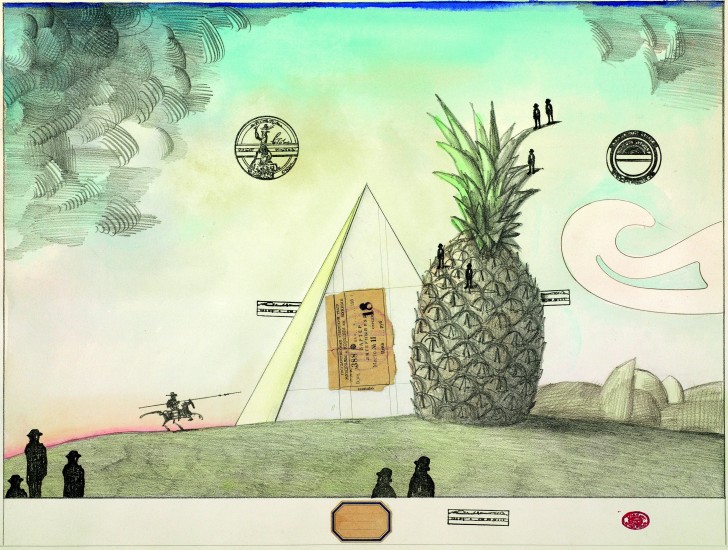
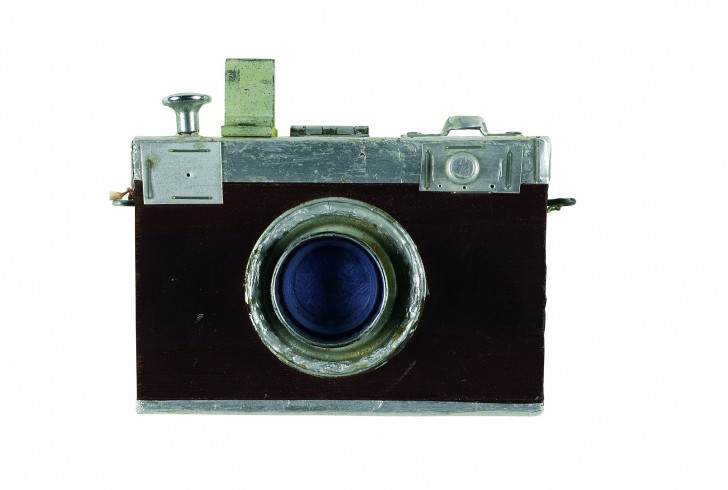
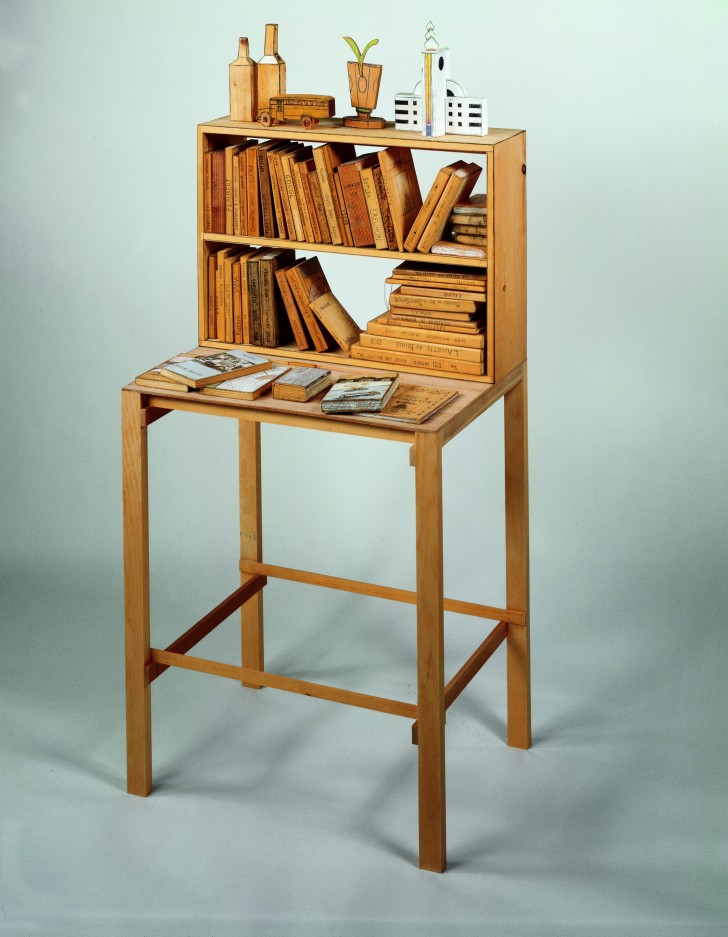
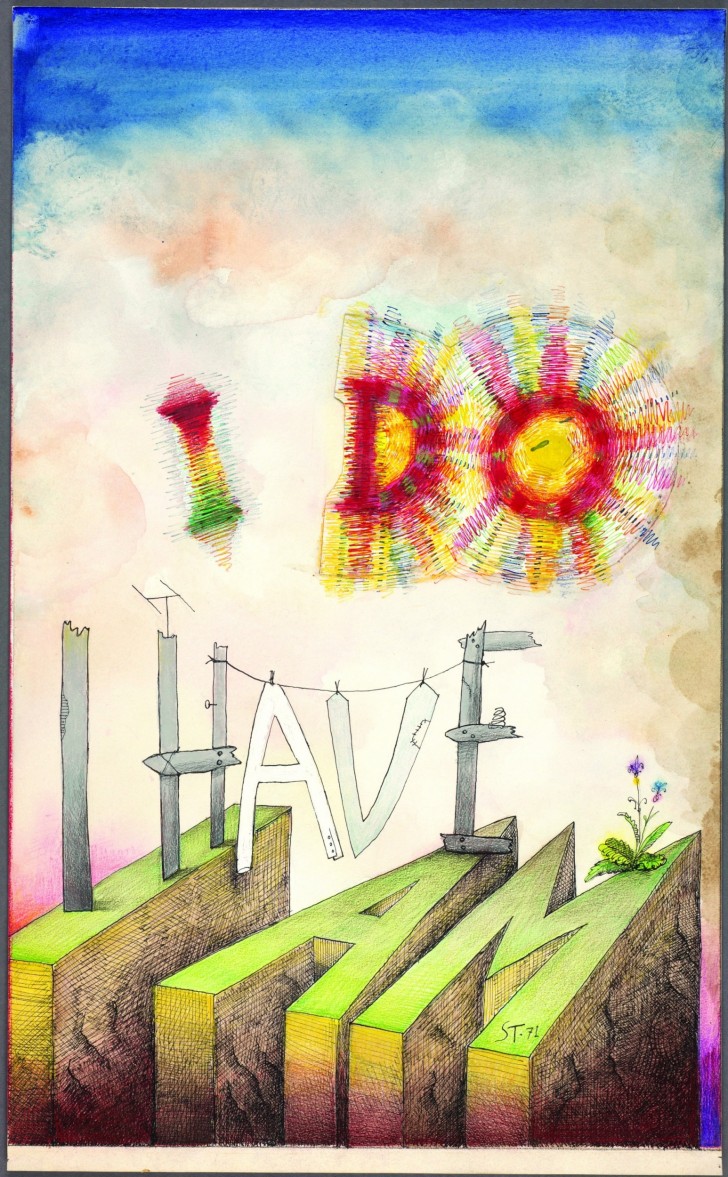
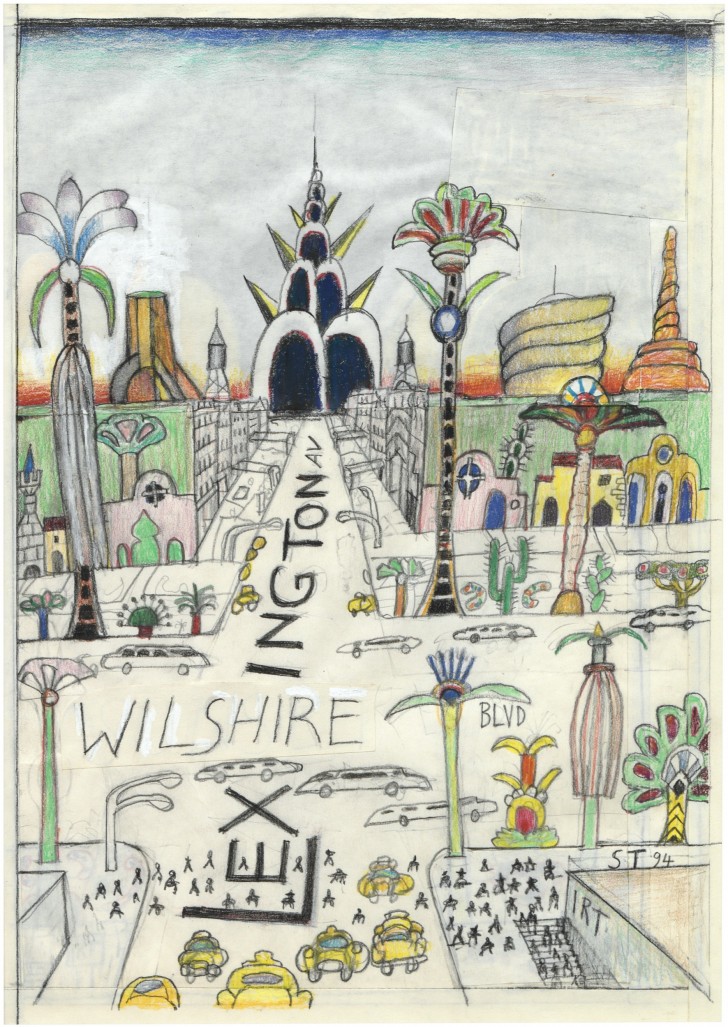
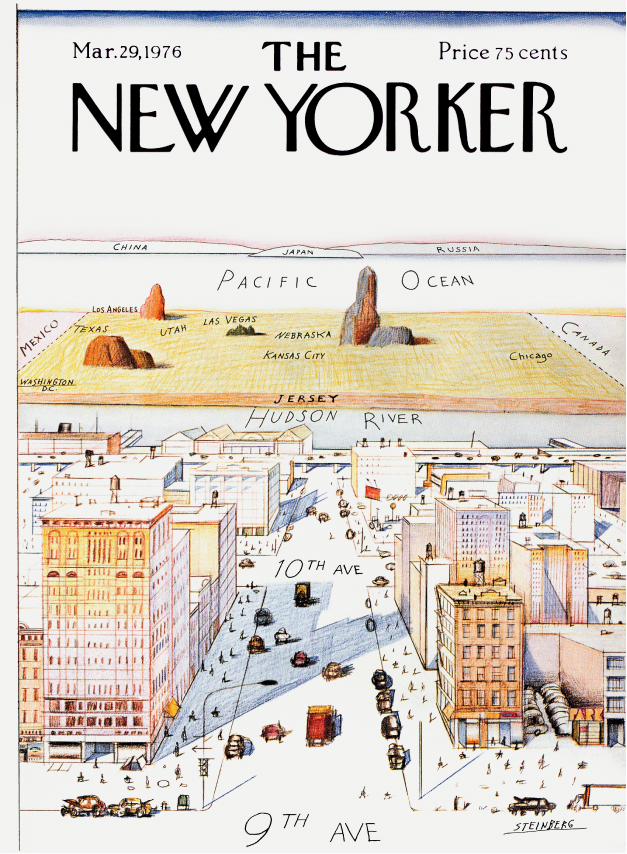
May 6 - July 27, 2008
Saul Steinberg (1914–1999), an artist whose magic lit up the pages and covers of The New Yorker for six decades, is the subject of a major retrospective exhibition currently completing its US tour. It will open at the Henri Cartier-Bresson Foundation, Paris, in April 2008, the first venue in a four-stop European tour. Saul Steinberg: Illuminations features more than one hundred drawings, collages, and sculptural assemblages by the artist whom many regard as not only a comic genius but among the greatest draftsmen of the modern era. The exhibition is the first full-scale review of his career, from his little-known drawings of the 1930s to the late creations of his last decade, and was organized by the Frances Lehman Loeb Art Center at Vassar College.
Although international audiences are most familiar with his work for The New Yorker, Steinberg’s prolific and diverse activity began with cartoons in an anti-Fascist Italian newspaper while an architecture student in Milan in the 1930s (two are in the exhibition). Arrived in America in 1942, he gained early fame as a cartoonist, and then went on to become a propagandist, illustrator, fabric and card designer, muralist, fashion and advertising artist, stage designer, tireless creator of image-jammed books, and gallery artist. Steinberg’s sleek, barbed, inventive line was seen—and mimicked—everywhere from highbrow journals to Christmas cards, disseminating the look of modernism to a popular atomic-age audience.
For more than four decades, beginning in the early 1950s, Steinberg’s art was widely exhibited in museums and galleries throughout Europe, including regular shows at the Galerie Maeght, Paris, and major exhibitions in Germany, England, Belgium, the Netherlands, and Spain. Steinberg: Illuminations will reacquaint European audiences with the full range of his art and introduce his achievement to a new generation.